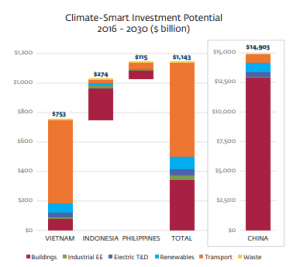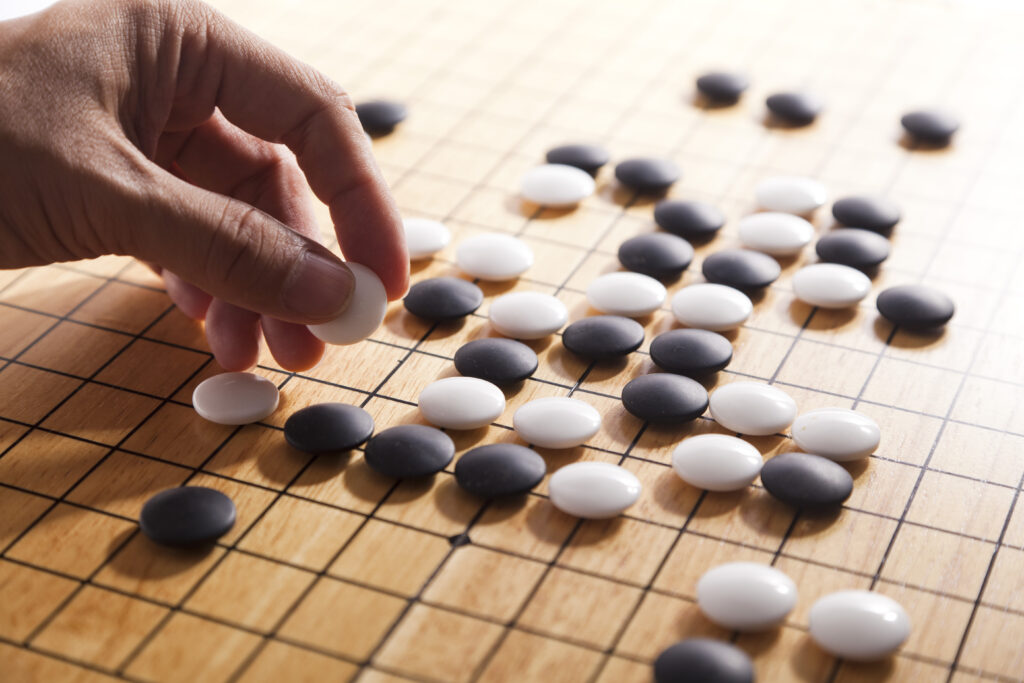2018 CHINESE PHARMACEUTIC SECTOR AT A GLANCE
China’s 1.4 billion-large population is getting richer and older, creating one of the potentially most profitable market for pharmaceuticals, an industry where Western companies’ R&D has still no Chinese equivalent. In 2016, China becomes the second largest market worldwide for medicines, with a market worth 110 billion USD. Yet, this market is still not mature in many aspects, which causes foreign brands to face many entry barriers and other issues.
In 2020, 18% of the Chinese population will be over 65 years
Life expectancy in China is 78 for women and 75 for men, with around 15% of the Chinese population being over 65 (against 10% in France) and 1.8% over 80 (2017). Forecasts for 2020 are that 18% of the Chinese population will be over 65, and 6.5% over 80. In 2035, Chinese median age should also be higher than the French median age.
Urbanization, sedentarization and enrichment of the middle class
Besides these favorable demographic data, changes in Chinese society also seem to pave the way for pharmaceutical sales. The rising middle class not only has a stronger purchasing power, but they are also living in cities, changing their eating habits and lifestyle. Consequently, today Chinese main health issues, just like the developed countries’ ones, lie in chronic diseases. In 2016, 26% of deaths were due to cancer, 22.1% to cardio-vascular diseases, 20.4% to cerebral-vascular diseases, and 12% to respiratory diseases. Likewise, diabetes prevalence increased to one Chinese in ten, and is still increasing. China also faces infectious diseases like AIDS, tuberculosis, hepatitis, mainly in its Western, poorer regions and the Chinese government is offering substantial funds to help tackle them. Regarding its Eastern part, internationally connected hubs are increasingly concerned with new epidemics risks. Finally, China is chronically short of medicines for rare diseases, pediatrics and infant diseases, market niches for European pharmaceutical laboratories.
79% of medicines are delivered under prescription
Two third of medicines sold in China are chemical, and 13% of them are using biotechnology, mostly bio-similar ones. 79% of Chinese medicines are prescription drugs, thus making doctors the priority target of laboratories’ promotional activities. Most of the prescribed drugs are generics, a sector where local competition is particularly high and low-cost.
Imported medicines are consequently mainly patented drugs.
In the last few years, the Chinese governments and local laboratories have been encouraging the setting of partnerships with Western well-known laboratories in order to develop new drugs.
Major players on the pharmaceutical market are large companies as well as SMEs, foreign companies (for patented drugs) and domestic ones (for generics). The three largest domestic players are Sinopharm, Shanghai Pharma, and Jointown Pharmaceutical Group. Only this latter is a private company and they all benefit from close relationship with hospitals, the main sales point for medicines.
Chinese legal environment in pharmaceuticals is ambiguous and often changing.
A health reform has been under way since 2009. It aims among others at expanding reimbursement of health expenses, thus opening lower-tier cities markets to Western, more costly medicines. Yet, the procedure to added on the list of reimbursed drugs is obscure and favorize de facto domestically produced drugs since it exerts a downward pressure on prices.
China also opened its market to foreign investments in certain health sectors. Besides, similarly to what is seen in the food sector, the government stepped up their inspection procedures to control for the authenticity, quality of drugs, as well as to fight against corruption in hospitals (cf GSK scandal).
Thus, the pharmaceutical sector comes with many opportunities for European companies, provided they find the right way to enter the Chinese market and the right local partners to stay on this market. Indeed, accessing this market is not an easy task as customs duties are high and distribution channels are extremely fragmented, varying across Chinese provinces. One might need up to 6 intermediaries to sell their medicine in certain regions. Consequently, imported drugs loose in competition, as they are substantially more expensive than local drugs.
Registering a new drug in China, and understanding the legislation frame for promotional and sales activities are other serious challenges one can hardly undertake alone. Indeed, these legislations meld in old legislations, temporary measures and new laws together. Besides, if there is a trend towards reinforcing the legislator framework, there is also a trend towards favoring domestic manufactured products, as the government wishes to establish “national champions”, in the bio-similar technology domain for instance. Thus, foreign companies sometimes face differentiated or discriminatory treatment from local authorities.
Another challenge is the downward pressure caused by the increase in the number of reimbursed drugs.
Lastly, intellectual property rights protection is still weak or inadequate. As a matter of fact, 17 000 applications for the registration of foreign drugs were left untreated in 2016, which renders complex the planning for the safe launch of a new drug on the Chinese market. Despites the government’s increased efforts, counterfeit drugs remain a lingering issue on the Chinese market.
Demand is growing, and the local offer can not satisfy it
Nonetheless, international companies are looking into the Chinese market and they have good reasons for that. Not only consumers are numerous, but they also ask for better quality healthcare: it appears from a 2014 survey that they are the nationality who care the most for their health, when compared with Brazilians, Russians, Indians, Americans, Europeans and Japanese. Thus, vitamins and food complements’ sales are said to double by 2020 (compared to 2014 sales). This is all the more interesting for European companies since Western drugs are enjoying a good reputation in Chinese consumers’ views, representing security and quality. Moreover, despite the economic slowdown, Chinese are increasingly solvable thanks to the universal medical insurance and the development of private insurances.
Although Chinese workers’ qualifications level improved and large investments are put into research, Chinese laboratories are still lacking R&D capacity. This explains the recent pushes, some of them successful, for partnerships with Western laboratories.
Pharmaceutical companies’ network
In order to overcome the many obstacles seen above, institutional support is precious. Thus, Business France and Biomérieux founded the “French Health Alliance” (Club Santé Chine) which gathers large groups, SMEs, hospitals and the French Embassy, in order to gain visibility on the Chinese market but also to share information. This alliance has four working groups on: hospital design and management, ageing and aged-link dependency, chronic diseases and infectious diseases. Recently, Shanghai received a delegation from Les Pays de la Loire and composed of many pharmaceutical companies, several of them specialized in biotechnology.
Innovation is another strength for the health sector in China
Health applications of Artificial Intelligence is yet another land of opportunities for European businesses. Part of the National Strategy for Development of AI, it is also the targets of recent investments made by Baidu, Tencent and Alibaba, and is the topic of many articles in the Chinese media, sign that it is a priority of the country.
Other distribution channels to satisfy the demand
Lastly, e-commerce constitutes a specific area of potential development for OTC drugs (except from injections) as consumers increasingly use this sales channel for buying drugs too. A 2017 survey found that Internet is a primary source of information when patients look for medical explanation. Thus, not only can SMEs increase their visibility by using this sale channel, but it is also a necessary platform of advertising for any pharmaceutical company, provided publications are bear an informative value.
By Manon Bellon
















